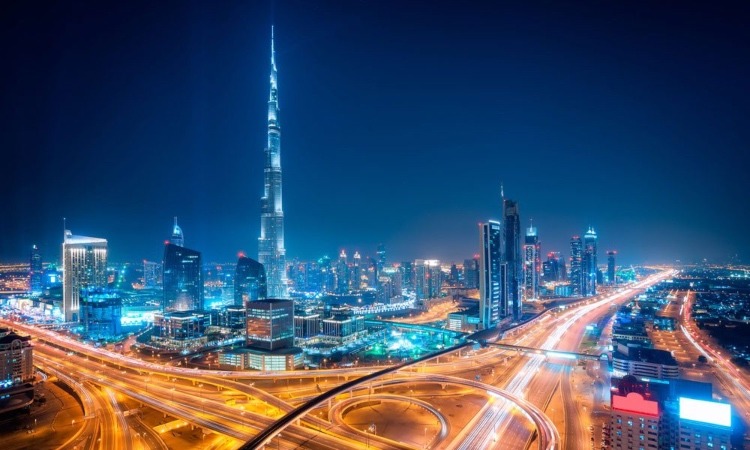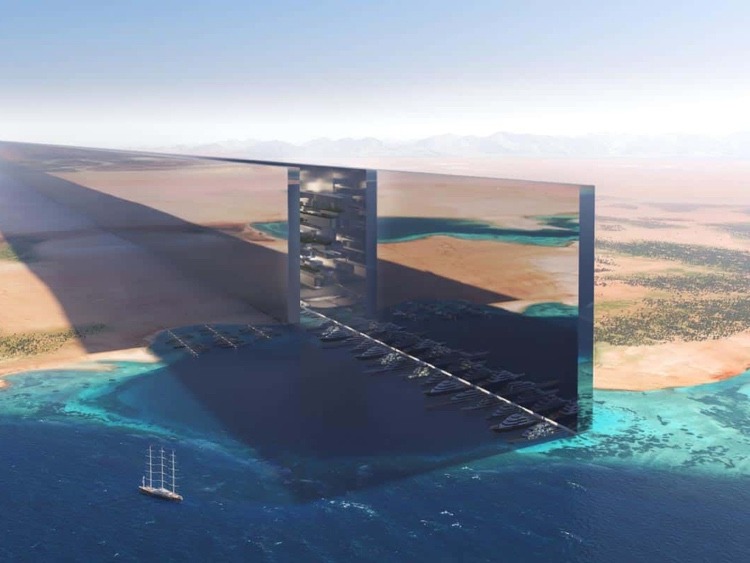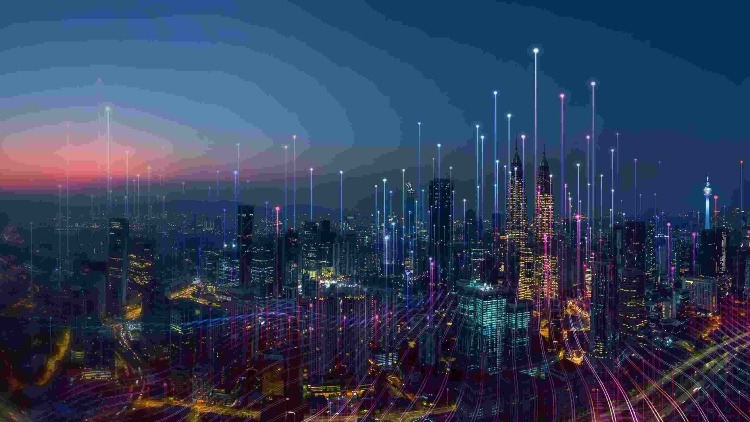What do you think about when you hear the word smart cities? Flying cars and droids (from Star Wars) taking over human jobs? Well not just yet. Realistically, a smart city seeks to improve the quality of life for citizens by using smart technologies and data analysis…to put it simply.
The value of a smart city lies not in the deployment of several technologies, but rather in the application of these technologies. For instance, a city’s technical infrastructure, which enables people to live and work there while utilizing its resources, would largely decide just how smart the city is.
As a result, smart cities have been at the forefront of human evolution, and with Saudi Arabia’s NEOM and Dubai’s Silicon Oasis, there have been various discussions about the pros and cons of these futuristic cities.

The biggest pro of a smart city is its environmental impact, which should be always prioritized now more than ever. Take for example Saudi Arabia’s NEOM which is said to be built to use 100% renewable energy sources according to Mobile Magazine. Additionally, emissions are said to be limited to the minimum, as NEOM will feature no streets or cars but instead, a high-speed train will connect the two ends of the city within 20 minutes.

In 2021, Dubai city witnessed the launch of the Smart Dubai Strategy, which brings over 100 smart initiatives (to be completed by 2028) and 1,000 smart services across the city to make them all the more accessible. Prioritizing the city’s environmental impact, the UAE’s government started allocating resources to clean energy. For instance, sustainable transport projects began emerging by using, in some cases, driverless transport that does not produce any harmful emissions.
3D printing has come along way with Saudi Arabia and Dubai using 3D printing technology in constructing whole buildings. AlUla’s Habitas hotel was one of the first projects in the Middle East to utilize this technology and in so doing combat climate change. The technology’s biggest pro is that it reduces plastic waste enormously.
Last but not least, Dubai Silicon Oasis is another smart city that achieved carbon footprint reduction well in advance of the Dubai Integrated Energy Strategy 2030’s target of 30%. This was accomplished by energy conservation smart technology such as the usage of LED lighting. This change allowed the city to cut its electricity use by 26 megawatts by replacing its 8,000 traditional lights with LEDs as per Gulf News.

Some fear that smart cities can be a victim of a cybersecurity attack and therefore have many have major security concerns. This is because the city’s network becomes interconnected with devices that cover a wide variety of city activities and functions, while the city collects and analyses this data, it can be breached and all these activities will come to a halt.
Lets not forget the movie “Live Free or Die Hard,” the main antagonist was a hacker who was able to take down traffic lights, the city’s electricity, and camera feeds, this jeopardized the safety of everyone as they struggled to regain control of the system, could this be the same case for smart cities?
Privacy is also a big concern since data is being collected about a person by security cameras and information is shared about private buildings. More than privacy many fear the loss of a sense of community although some may argue that that’s just being nostalgic. With so much technology in a city it can take away from human interactions and cause more isolation. That being said, we’ve already seen it in movies and it seems a future dipped heavy in technology is just around the corner.




